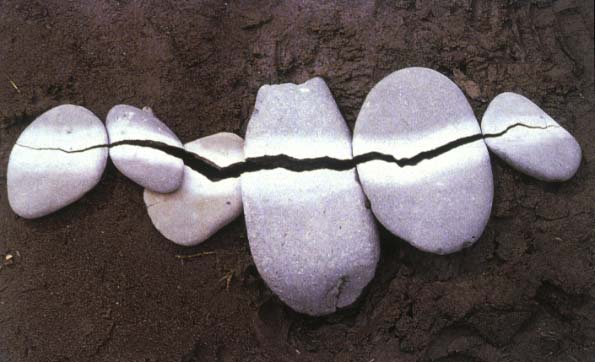I came across a video clip of David McCandless, a journalist/information designer, who discussed information design and how important it is in society to be able to understand information. Check out the video clip on this website: http://www.designer-daily.com/the-beauty-of-data-visualization-by-dave-mccandless-9237
David McCandless provides examples of well-designed information designs, including graphs that show number of soldiers in countries, budget for armies in countries, times of year for break-ups from facebook updates, carbon dioxide emissions, and many more serious and humorous examples of information projected in clear visual displays. With information design, bland, complex information can, if designed well, be visually stimulating and easy to comprehend.
McCandless states “design is about solving problems and providing elegant solutions. And information design is about solving information problems.”
McCandless speaks of information and media overload. We have the internet, television, news articles, facts, figures—information of all kinds is all around us. We have become sensitive to sight, so visualizing information can clarify complex statistics and information. Visual information helps us see patterns that matter. An interesting thing that information design can do is, as McCandless states, “even when the information is terrible, the visual can be quite beautiful” and “visualizing information can give us a very quick solution to [information problems].”












